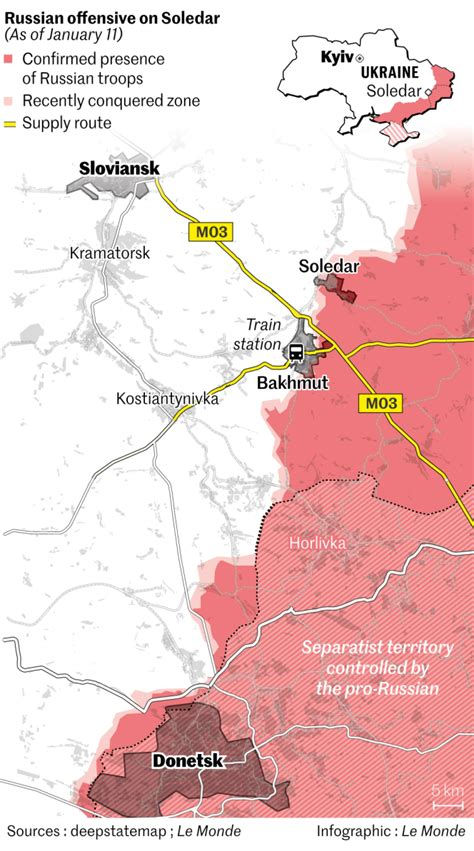Sloviansk and Kramatorsk in Ukraine’s Resistance
- Matthew Parish
- Aug 16
- 2 min read

Recent news reports indicate that US President Donald Trump has appeared to endorse President Vladimir Putin’s proposal that Russia could seize the key cities of Sloviansk and Kramatorsk in exchange for freezing frontline positions elsewhere. This suggestion has sparked widespread alarm—not only for the strategic implications, but for what it would represent to the Ukrainian people. These cities are not merely lines on a map; they are symbols of resistance, identity, and sovereignty.
Historical and Symbolic Significance
Sloviansk
Historical crucible of resistance: Established in the 17th century as a border fortress (Tor), Sloviansk later became an industrial and spa centre, renowned for its salt extraction and therapeutic resorts.
Flashpoint of the Donbas War (2014): Sloviansk was one of the first cities seized by Russian-backed militants under Igor Girkin. Ukraine’s counter-offensive reclaimed the city by July of that year, marking a pivotal turn in the conflict.
Enduring emblem: Despite relentless shelling and mass evacuation, Sloviansk remains a potent symbol of Ukrainian resilience; its post-war recovery, albeit slow, stands as testament to a community refusing to concede defeat.
Kramatorsk
Industrial and administrative heart: Founded around a railway station in 1868, Kramatorsk has evolved into the provisional administrative center of Donetsk Oblast and a vital hub for heavy engineering.
Fortress of statehood: As Russian occupation extended to other parts of Donetsk, Kramatorsk became a bastion for Ukrainian governance and a symbol of state continuity amidst territorial erosion.
Strategic and Emotional Stakes
Allowing Russia to seize Sloviansk and Kramatorsk would deliver a devastating strategic blow: these cities anchor Ukrainian defensive lines and guard critical transport corridors. Their loss would likely signal collapse across eastern Ukraine and embolden further aggression.
More than that, such a concession would shatter the moral framework underpinning Ukraine’s defence. Many lives have been sacrificed to hold these cities—making their cession not a diplomatic compromise, but a betrayal.
Geopolitical Machinations: A Trump-Endorsed Russian Ultimatum?
During the Alaska summit, Putin reportedly demanded full control over Donetsk (including Sloviansk and Kramatorsk) and Luhansk in exchange for freezing frontlines elsewhere. Trump either supported or failed to challenge these terms, signalling a stark policy shift.
Ukrainian President Zelensky has already unequivocally rejected such terms, rooted in the Ukrainian constitution and national sentiment. The proposal drew anger and condemnation across Ukrainian society, where ceding these cities is unthinkable.
Assessment: A Bridge Too Far
Attempting to stabilise the conflict by surrendering Sloviansk and Kramatorsk would be a miscalculation with deep consequences:
Strategic Weakening: Ukrainian defences would crumble, exposing further territory to Russian advances.
Symbolic Undermining: It would crack the foundation of national dignity—this is not just land, but the memory of resistance and survival.
Political Repercussions: Domestically, such a move would provoke outrage and political upheaval. Internationally, it would fracture Allied unity, as European leaders reaffirmed their unconditional support for Ukraine’s territorial sovereignty.
Conclusion
Sloviansk and Kramatorsk matter far beyond their strategic locales—they carry the weight of history, autonomy and sacrifice. Any negotiation that treats them as expendable not only disregards their importance but threatens to unravel the very principles Ukraine fights to uphold.
A genuine peace cannot be built on the ruins of these cities—it must be rooted in real security guarantees, restored sovereignty, and unwavering respect for Ukraine’s territorial integrity.




